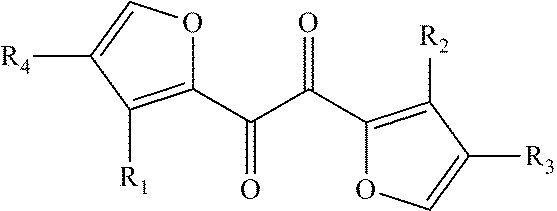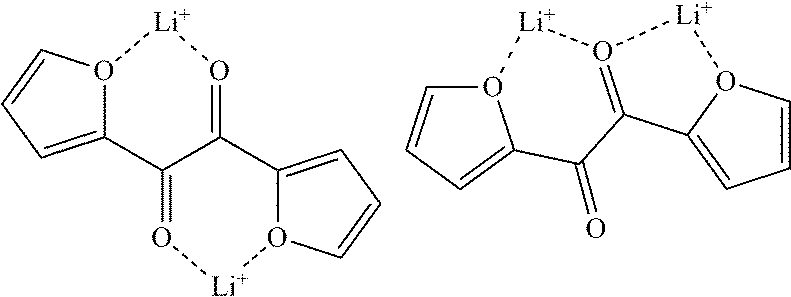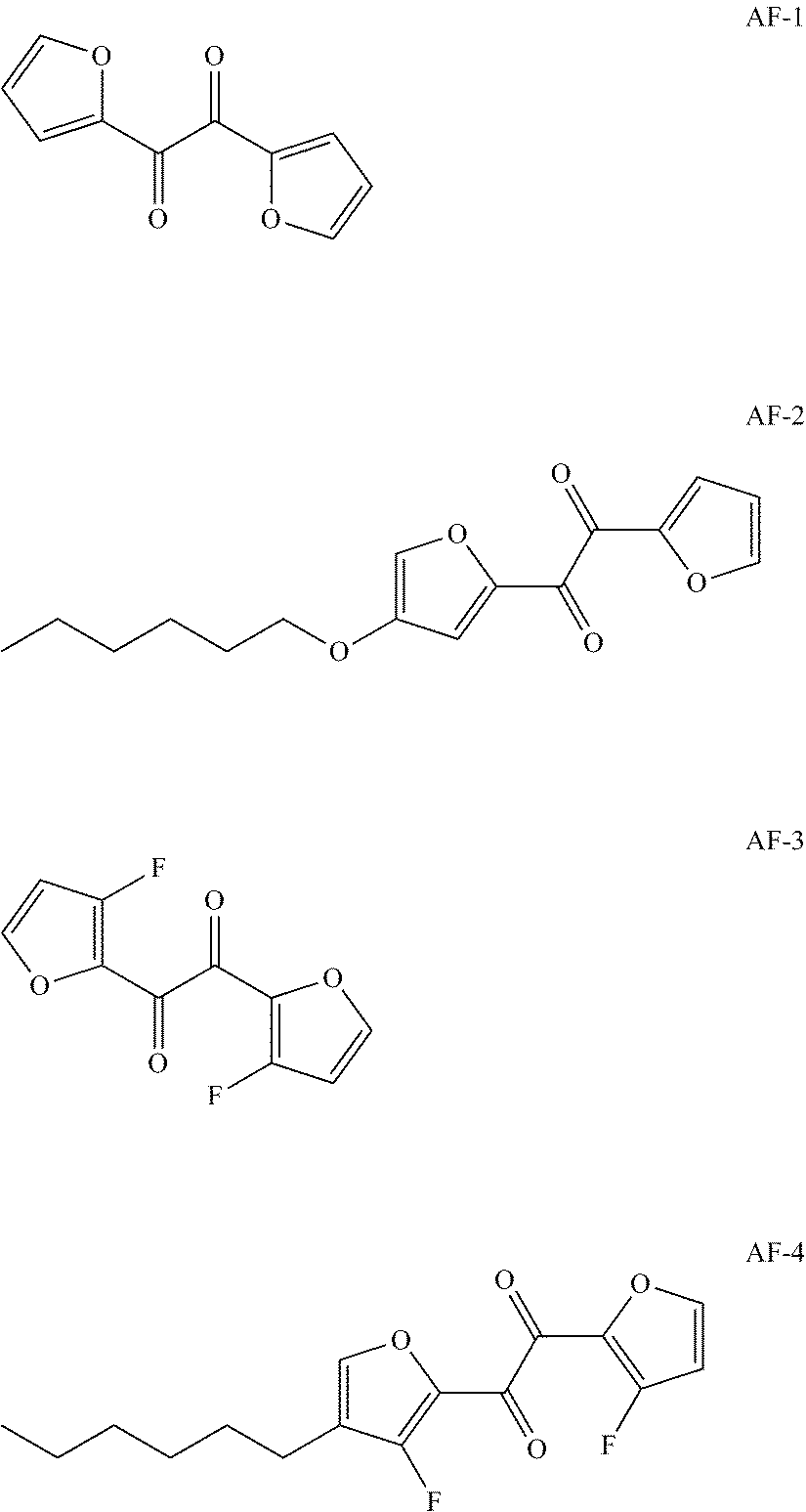Lithium ion battery and electrolyte thereof
a technology of lithium ion batteries and electrolyte, which is applied in the direction of cell components, electrical equipment, electrochemical generators, etc., can solve the problems of poor wettability of electrolyte, affecting the utilization rate of positive and negative electrode materials, and unfavorable battery capacity function, etc., to achieve excellent electrochemical performance and cycling performan
- Summary
- Abstract
- Description
- Claims
- Application Information
AI Technical Summary
Benefits of technology
Problems solved by technology
Method used
Image
Examples
embodiment 1
[0037]Provided in this embodiment is a lithium ion battery electrolyte, comprising lithium salt, a non-aqueous organic solvent and additives, wherein the lithium salt is LiPF6 and has a concentration of 1M; the solvent is a mixture of dimethyl carbonate (DMC), ethylene carbonate (EC) and propylene carbonate (PC), with the mass ratio thereof being 1:1:1; the additives are 1,2-bis(furan-2-yl)ethane-1,2-dione (AF-1) and vinyl ethylene carbonate, the content of AF-1 in the electrolyte is 1% by weight, and the content of vinyl ethylene carbonate in the electrolyte is 0.1% by weight.
[0038]Electrolyte composition in embodiments 2-13 and comparative examples 1-5 is shown in Table 1:
TABLE 1Electrolyte composition in the embodiments 1-13 and the comparativeexamples 1-5Additive and content thereof in Lithium GroupSolvent and mass ratio thereofpercentagesaltEmbodiment 1DMC:PC:EC1:1:1AF-1, 1%VC, 0.1%LiPF6Embodiment 2DMC:PC:EC1:1:1AF-2, 1%VC, 0.1%LiPF6Embodiment 3DMC:PC:EC1:1:1AF-3, 1%VC, 0.1%LiP...
embodiment 14
[0046]The lithium ion battery provided in this embodiment comprises a positive electrode, a negative electrode, a separator arranged between the positive electrode and the negative electrode, and an electrolyte; the positive electrode comprises a positive electrode current collector and a positive electrode active substance layer arranged on the positive electrode current collector; the positive electrode active substance layer comprises a positive electrode active substance, a binder and a conductive agent; the negative electrode comprises a negative electrode current collector and a negative electrode active substance layer arranged on the negative electrode current collector; the negative electrode active substance layer comprises a negative electrode active substance, a binder and a conductive agent, wherein the positive electrode active substance is LiCoO2, the negative electrode active substance is graphite, and the electrolyte is the lithium ion battery electrolyte provided i...
embodiments 15-21
[0047]The difference between these embodiments and the embodiment 14 is that: the electrolytes are the lithium ion battery electrolytes provided in the embodiments 2-8, and other parts in these embodiments are the same as the embodiment 14, thus description is not repeated herein.
PUM
| Property | Measurement | Unit |
|---|---|---|
| temperature | aaaaa | aaaaa |
| wettability | aaaaa | aaaaa |
| high-temperature storage performance | aaaaa | aaaaa |
Abstract
Description
Claims
Application Information
 Login to View More
Login to View More - R&D
- Intellectual Property
- Life Sciences
- Materials
- Tech Scout
- Unparalleled Data Quality
- Higher Quality Content
- 60% Fewer Hallucinations
Browse by: Latest US Patents, China's latest patents, Technical Efficacy Thesaurus, Application Domain, Technology Topic, Popular Technical Reports.
© 2025 PatSnap. All rights reserved.Legal|Privacy policy|Modern Slavery Act Transparency Statement|Sitemap|About US| Contact US: help@patsnap.com



